Click a photo to see a larger view. Please send your comments and corrections to Steve.
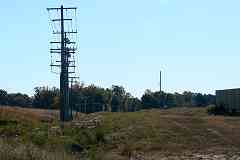
|
| |||||||||||
| ||||||||||||
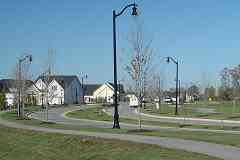
|
| |||||||||||
| ||||||||||||
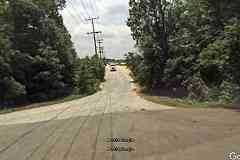
Photo courtesy Google |
| |||||||||||
| ||||||||||||
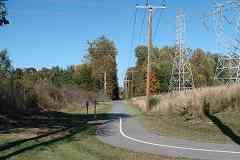
|
| |||||||||||
| ||||||||||||
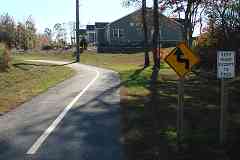
|
| |||||||||||
| ||||||||||||
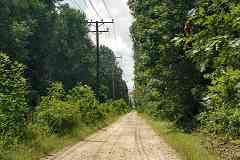
|
| |||||||||||
| ||||||||||||
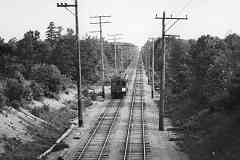
Photos credit James P. Shuman |
| |||||||||||

Photo credit James P. Shuman |
| |||||||||||
| ||||||||||||
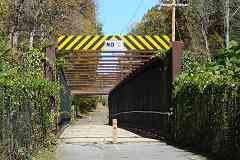
|
| |||||||||||
| ||||||||||||
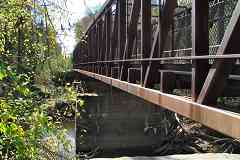
|
| |||||||||||
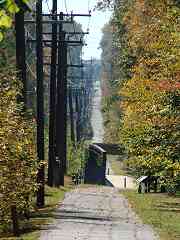
|
| |||||||||||
| ||||||||||||
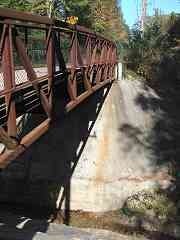
|
| |||||||||||
| ||||||||||||
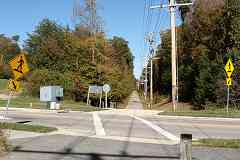
|
| |||||||||||
| ||||||||||||
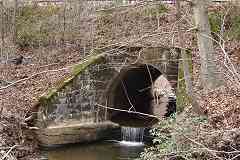
|
| |||||||||||
| ||||||||||||
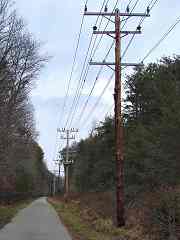
|
| |||||||||||
| ||||||||||||
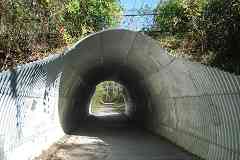
|
| |||||||||||
| ||||||||||||
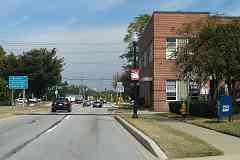
|
| |||||||||||
| ||||||||||||
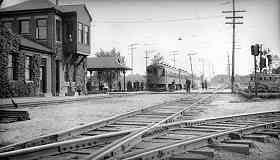
Photo credit James P. Shuman |
| |||||||||||
| ||||||||||||
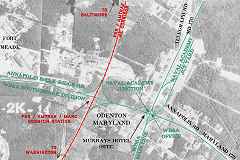
Photo courtesy Johns Hopkins University |
| |||||||||||
| ||||||||||||
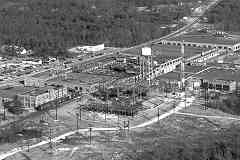
Photo credit unknown |
| |||||||||||
| ||||||||||||

|
| |||||||||||
| ||||||||||||
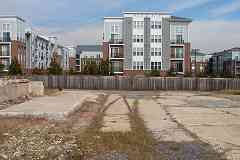
|
| |||||||||||
| ||||||||||||
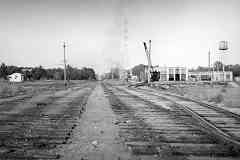
Photo credit R.K. Henry |
| |||||||||||
| ||||||||||||
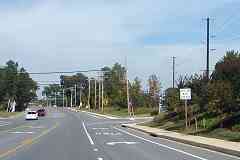
|
| |||||||||||
| ||||||||||||
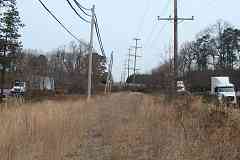
|
| |||||||||||
| ||||||||||||
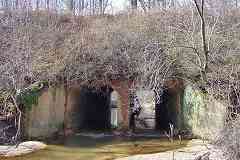
|
| |||||||||||
| ||||||||||||
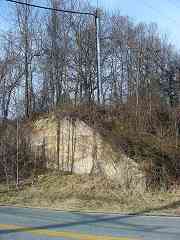
|
| |||||||||||
| ||||||||||||
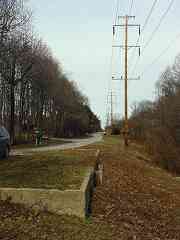
|
| |||||||||||
| ||||||||||||
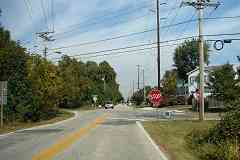
|
| |||||||||||
| ||||||||||||
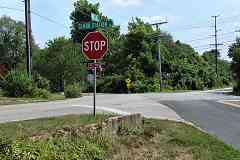
|
| |||||||||||
| ||||||||||||
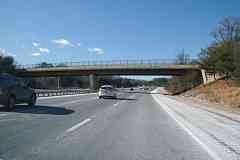
|
| |||||||||||
| ||||||||||||
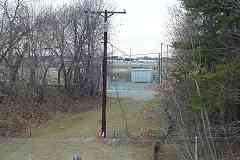
|
| |||||||||||
| ||||||||||||